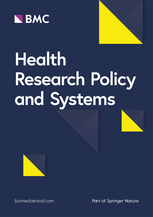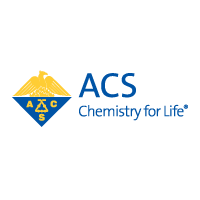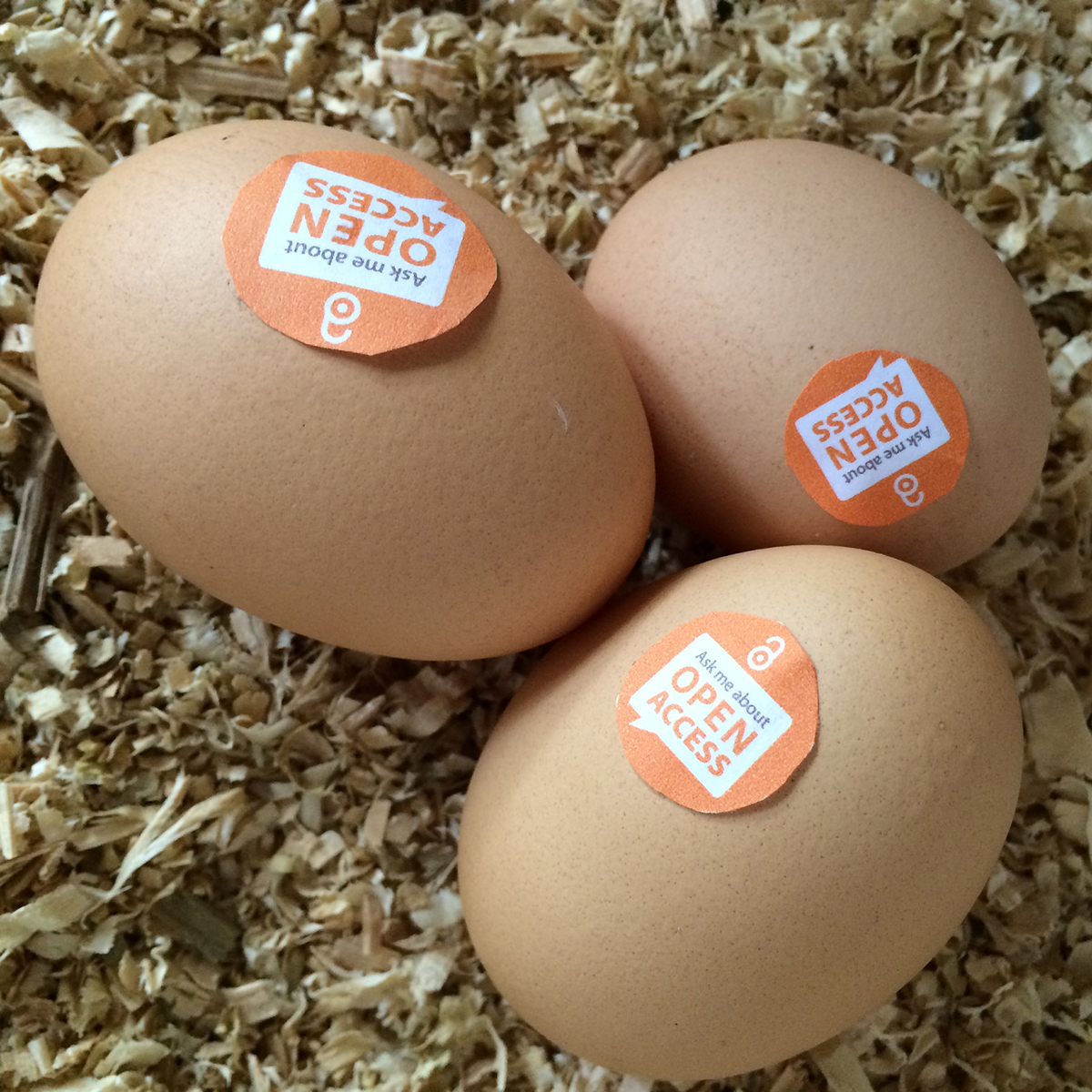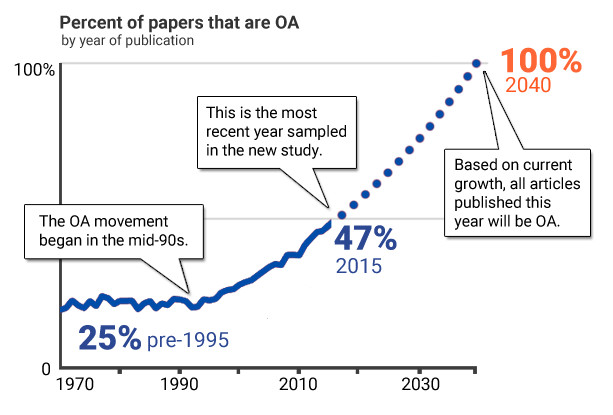Will Open Access Close the Door on Traditional Journal Publishing?
Wiley Editorial on the changing landscape of publishing suggests that OA and traditional outlets will continue to coexist successfully for some time to come.
Send us a link
Wiley Editorial on the changing landscape of publishing suggests that OA and traditional outlets will continue to coexist successfully for some time to come.
This study aims to assess the use, cost and impact of open access diffusion in the context of global health research. Although OA does not ensure full knowledge transfer from research to practice, limiting public access can negatively impact implementation and outcomes of health policy and reduce public understanding of health issues.

Europe PMC, one of the largest free online open access repositories in the life sciences, has teamed up with Unpaywall to unlock even more content for their users (the SNSF is a Europe PMC funding group member).
Elsevier will be providing data to guide EU policy decisions that it stands to gain from materially in significant ways.
Negotiations between the publisher and a national consortium of academic institutions have reached a stalemate.
The African Institute for Mathematical Sciences, Next Einstein Forum and Elsevier launch a megajournal to boost African research and collaboration.

University of California libraries tackle the transition from subscription-based publishing to sustainable open access.
The SNSF is strengthening publishing Open Access: as of 1 April 2018, it will be easier to publish books and journal articles that are openly accessible.

Making scientific publications free to read is a big change in a world dominated by subscription journals. Why is it so important that science publications become open access?

American Chemical Society: Chemistry for Life.

Analyzing Open Access levels across all countries and fields of research with Google Scholar data.
After years in a deadlock with publishers, researchers are keen to know whether we will now see for-profit companies and ‘astroturfers’ enter the open science landscape and undermine science in pursuit of their commercial interests, while claiming to support the struggle of researchers, who demand more say in the publishing of scholarly articles.
Around half of researchers already publish their work with open access, according to a comprehensive survey carried out by the Main Library of the University of Zurich. Besides a number of positive results, the survey also revealed a need for more information.
The largest share of open-access articles belongs to a new category described as “bronze”: articles are available on websites hosted by their publisher - either immediately or following an embargo - but are not formally licensed for reuse.
Despite some progress, researchers are still reluctant to switch journals because of fears it could hinder their careers.

In 1940, the AAUP published a Statement on Academic Freedom. In 2018, it's time for it to be updated--and some items clarified.

Given significant changes in publishing research article over the past dozen or so years, the Wellcome Trust thinks the time is right to look again at its OA policy.

Decolonising knowledge and democratising information is the great promise of our times. With universal access to knowledge, we can begin to achieve the potential of the Internet and provide a better world for future generations.

On his last day in one of the most powerful research seats in Europe, Robert-Jan Smits talks about his legacy and the future.
One of the biggest challenges for researchers is time. So when you find an abstract of interest and have just a moment to actually read, you need the full text right now. With our newest release, the ScienceOpen discovery environment incorporates open access data from Impactstory to provide researchers with more ways to read the …

There has been no precedent for this kind of access in the history of scientific enterprise.

Researchers at well-resourced, highly ranked universities are more likely to publish in open-access journals.

OA continues to grow. But when will it be...done? When will everything be published as Open Access?

Organizations launching OA journals have many choices to make. What are their technology options?

New axes of stratification are emerging in academic publishing, adding to the already complex tapestry of inequality in science. Authors working at lower-ranked universities are more likely to publish in closed/paywalled outlets, and less likely to choose outlets that involve some sort of Article Processing Charge (APCs; gold or hybrid OA).
There is a significant discrepancy between the reality of academic publishing and the optimism of politicians and science functionaries who praise Open Access as a panacea for all the ills afflicting science culture.

This declaration was drafted by a group comprising of researchers and professionals working for opening up access to research outputs for public good in India.
At least 28% of the scholarly literature is OA and that this proportion is growing, driven particularly by growth in Gold and Hybrid. Also, OA articles receive 18% more citations than average, an effect driven primarily by Green and Hybrid OA.
For the first time, nearly all scholarly literature is available gratis to anyone with an Internet connection, suggesting the toll access business model may become unsustainable.